Natural Products

- ChemFaces is a professional high-purity natural products manufacturer.
- Product Intended Use
- 1. Reference standards
- 2. Pharmacological research
- 3. Inhibitors



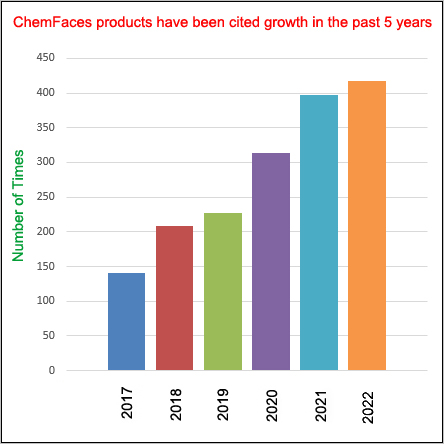
| Size /Price /Stock | 10 mM * 1 mL in DMSO / Inquiry / In-stock | Other Packaging | *Packaging according to customer requirements(100uL/well, 200uL/well and more), and Container use Storage Tube With Screw Cap |
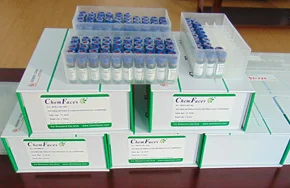
| Size /Price /Stock | 10 mM * 100 uL in DMSO / Inquiry / In-stock 10 mM * 1 mL in DMSO / Inquiry / In-stock | Related Libraries |
| Description: | Methyl anthranilate is a potent attractant for four species of flower thrips, Thrips hawaiiensis, T. coloratus, T. flavus, and Megalurothrips distalis, irrespective of sex. It also could be used as an additional marker in the determination of citrus honey origin. | |||
| In vitro: |
|
| Source: | The flowers of Thrips hawaiiensis |
| Solvent: | Chloroform, Dichloromethane, Ethyl Acetate, DMSO, Acetone, etc. |
| Storage: | Providing storage is as stated on the product vial and the vial is kept tightly sealed, the product can be stored for up to 24 months(2-8C). Wherever possible, you should prepare and use solutions on the same day. However, if you need to make up stock solutions in advance, we recommend that you store the solution as aliquots in tightly sealed vials at -20C. Generally, these will be useable for up to two weeks. Before use, and prior to opening the vial we recommend that you allow your product to equilibrate to room temperature for at least 1 hour. Need more advice on solubility, usage and handling? Please email to: service@chemfaces.com |
| After receiving: | The packaging of the product may have turned upside down during transportation, resulting in the natural compounds adhering to the neck or cap of the vial. take the vial out of its packaging and gently shake to let the compounds fall to the bottom of the vial. for liquid products, centrifuge at 200-500 RPM to gather the liquid at the bottom of the vial. try to avoid loss or contamination during handling. |
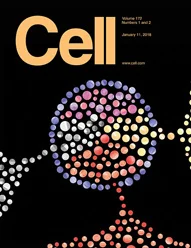 Cell. 2018 Jan 11;172(1-2):249-261.e12. doi: 10.1016/j.cell.2017.12.019.IF=36.216(2019)
Cell. 2018 Jan 11;172(1-2):249-261.e12. doi: 10.1016/j.cell.2017.12.019.IF=36.216(2019)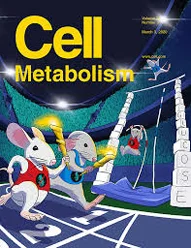 Cell Metab. 2020 Mar 3;31(3):534-548.e5. doi: 10.1016/j.cmet.2020.01.002.IF=22.415(2019)
Cell Metab. 2020 Mar 3;31(3):534-548.e5. doi: 10.1016/j.cmet.2020.01.002.IF=22.415(2019)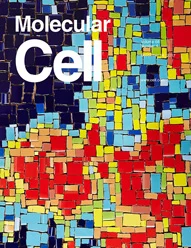 Mol Cell. 2017 Nov 16;68(4):673-685.e6. doi: 10.1016/j.molcel.2017.10.022.IF=14.548(2019)
Mol Cell. 2017 Nov 16;68(4):673-685.e6. doi: 10.1016/j.molcel.2017.10.022.IF=14.548(2019)| 1 mg | 5 mg | 10 mg | 20 mg | 25 mg | |
| 1 mM | 6.6181 mL | 33.0907 mL | 66.1813 mL | 132.3627 mL | 165.4533 mL |
| 5 mM | 1.3236 mL | 6.6181 mL | 13.2363 mL | 26.4725 mL | 33.0907 mL |
| 10 mM | 0.6618 mL | 3.3091 mL | 6.6181 mL | 13.2363 mL | 16.5453 mL |
| 50 mM | 0.1324 mL | 0.6618 mL | 1.3236 mL | 2.6473 mL | 3.3091 mL |
| 100 mM | 0.0662 mL | 0.3309 mL | 0.6618 mL | 1.3236 mL | 1.6545 mL |
| Structure Identification: |
|